“What’s that smell?”
Without even turning my head, I knew she was talking about me. My winter coat, perfumed with the conspicuous aromas of onions, garlic and garam masala announced my arrival before I had even made it to my middle school locker. Like most brown kids, the warm embrace of our mothers’ cooking adhered to our clothing wherever we went. And the blond-haired, blue-eyed standing inches from me made it clear, to every passing seventh grader, that I was different. If my dark, shiny braid and tanned complexion didn’t give it away, the smell of my coat sure did.
My parents moved from India to Canada in the early ‘70s and like most immigrants, brought their culture with them. They formed social circles with fellow Indians, and even tighter circles with fellow Sikhs. This land was foreign to them, so any semblance of the life they grew up with was comforting. We mingled with other families whose homes smelled like ours, whose kids looked like us, whose parents spoke Punjabi and heavily-accented English like ours, and who ate the same things we ate. It was all pretty great, until we started realizing we weren’t like the other kids at school. In the ‘80s, being different wasn’t considered hipster or cool or avant garde. It was just weird. And when you’re weird and brown, things can get rough. So you had to assimilate to save yourself an ass beating after school. You trade in your aloo gobi and roti for peanut butter and jelly sandwiches. You start eating hot dogs instead of samosas. You tone down everything about yourself in order to fit in and look like the rest of the non-ethnic population.
But then something funny happened. As we got older, we started seeing bits of our culture on TV and in neighborhood strip malls. Yoga studios were popping up—now considered a hot, new exercise instead of a spiritual practice done only by yogis. Sari and kimono-inspired dresses were causing a fashion stir. Pop stars were sporting mehndi tattoos and a bindi between their eyebrows, and everyone was talking about it. Elements from Eastern cultures were now considered bold and chic. Some of us felt a sense of pride, seeing white folks outwardly display our culture. We felt as if, finally, people were seeing the beauty of our heritage.
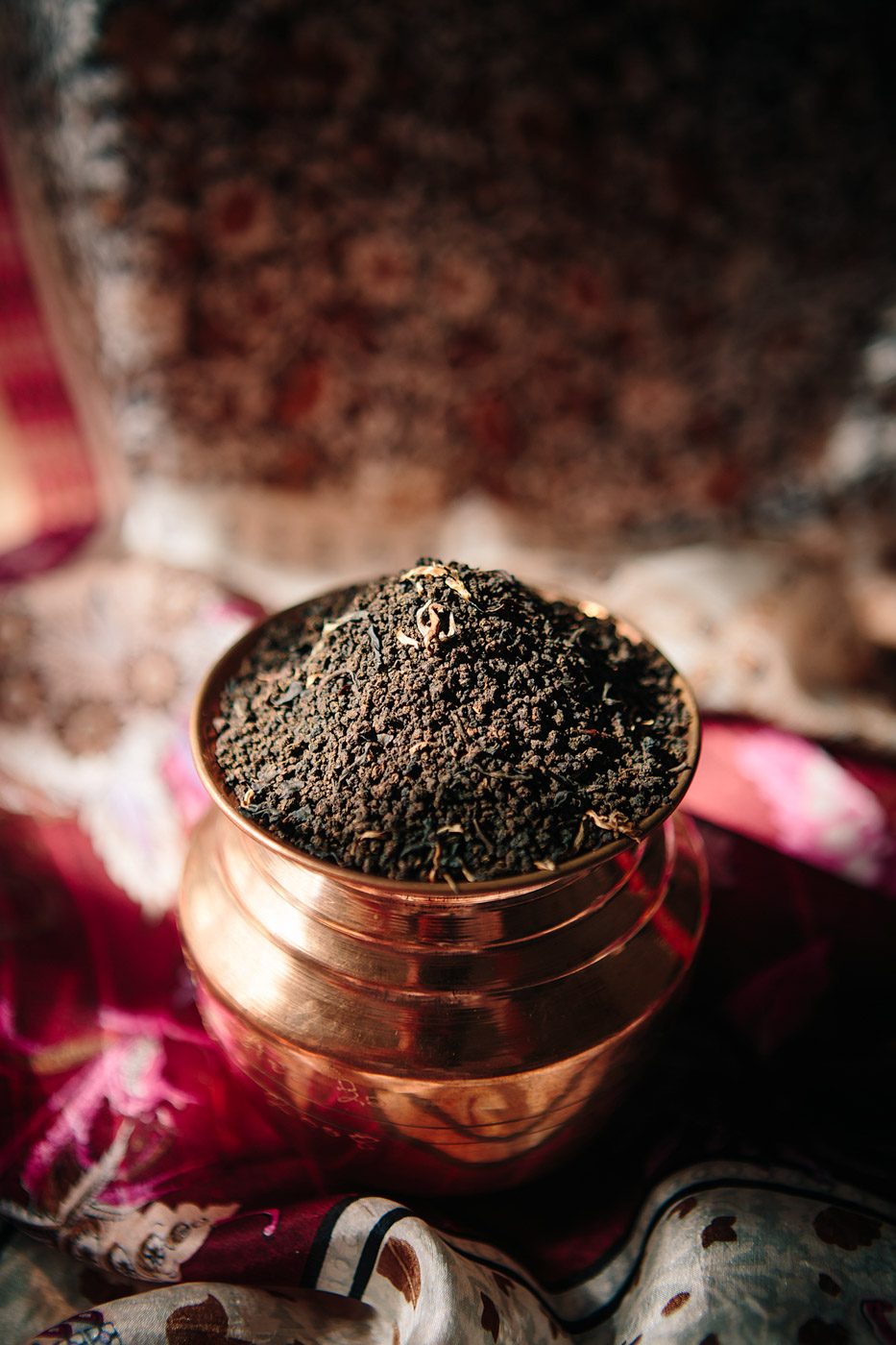
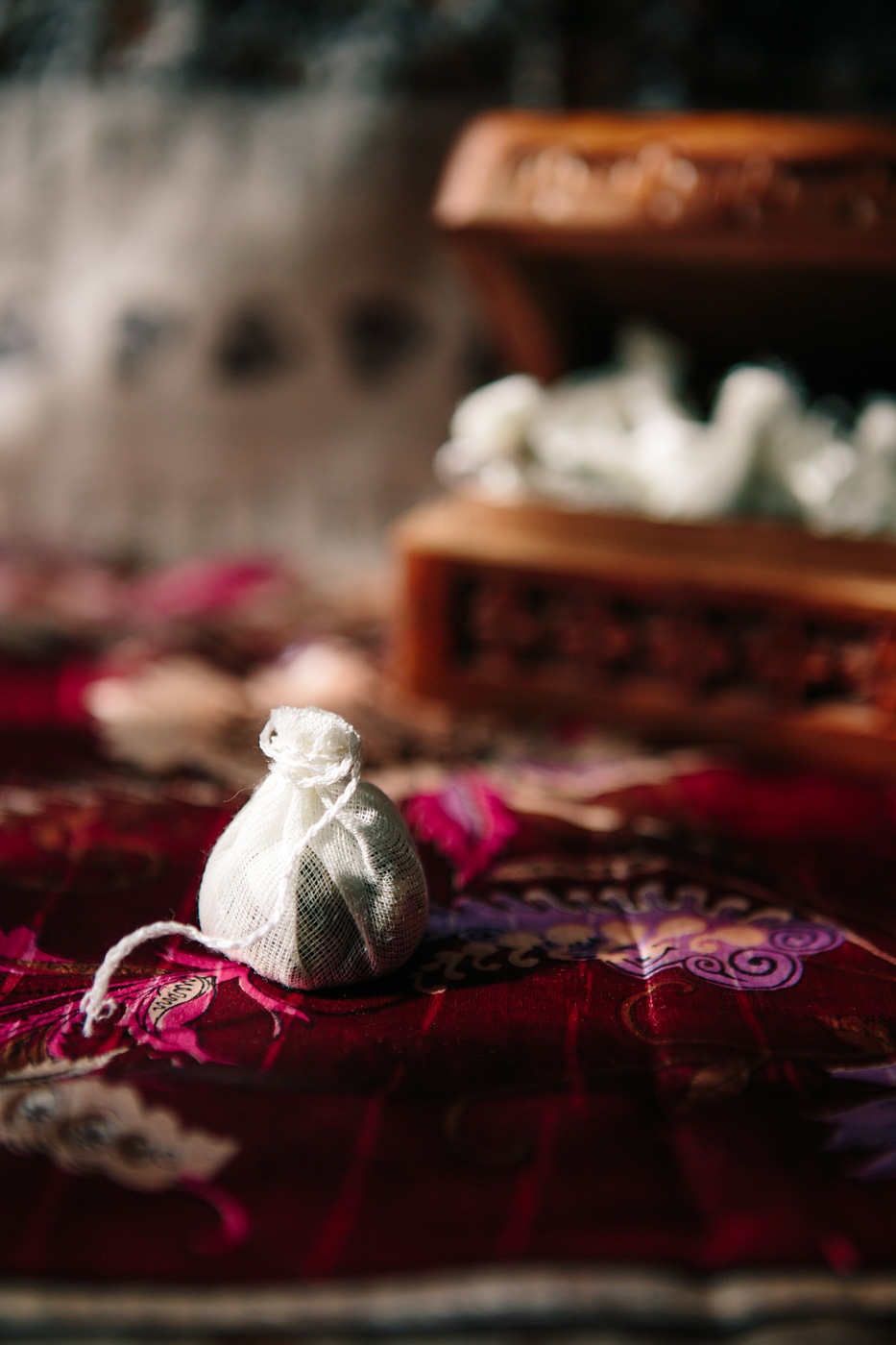
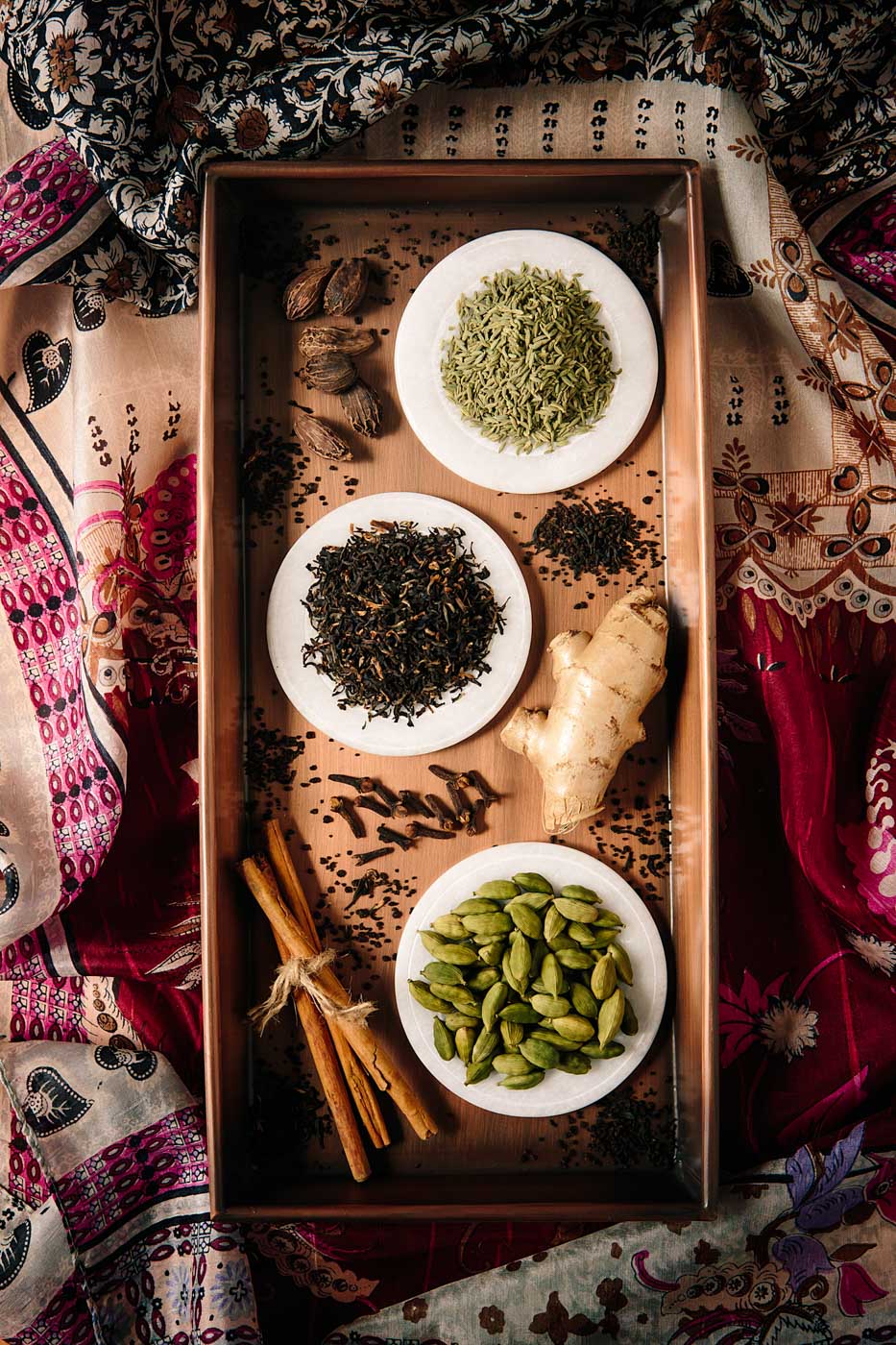
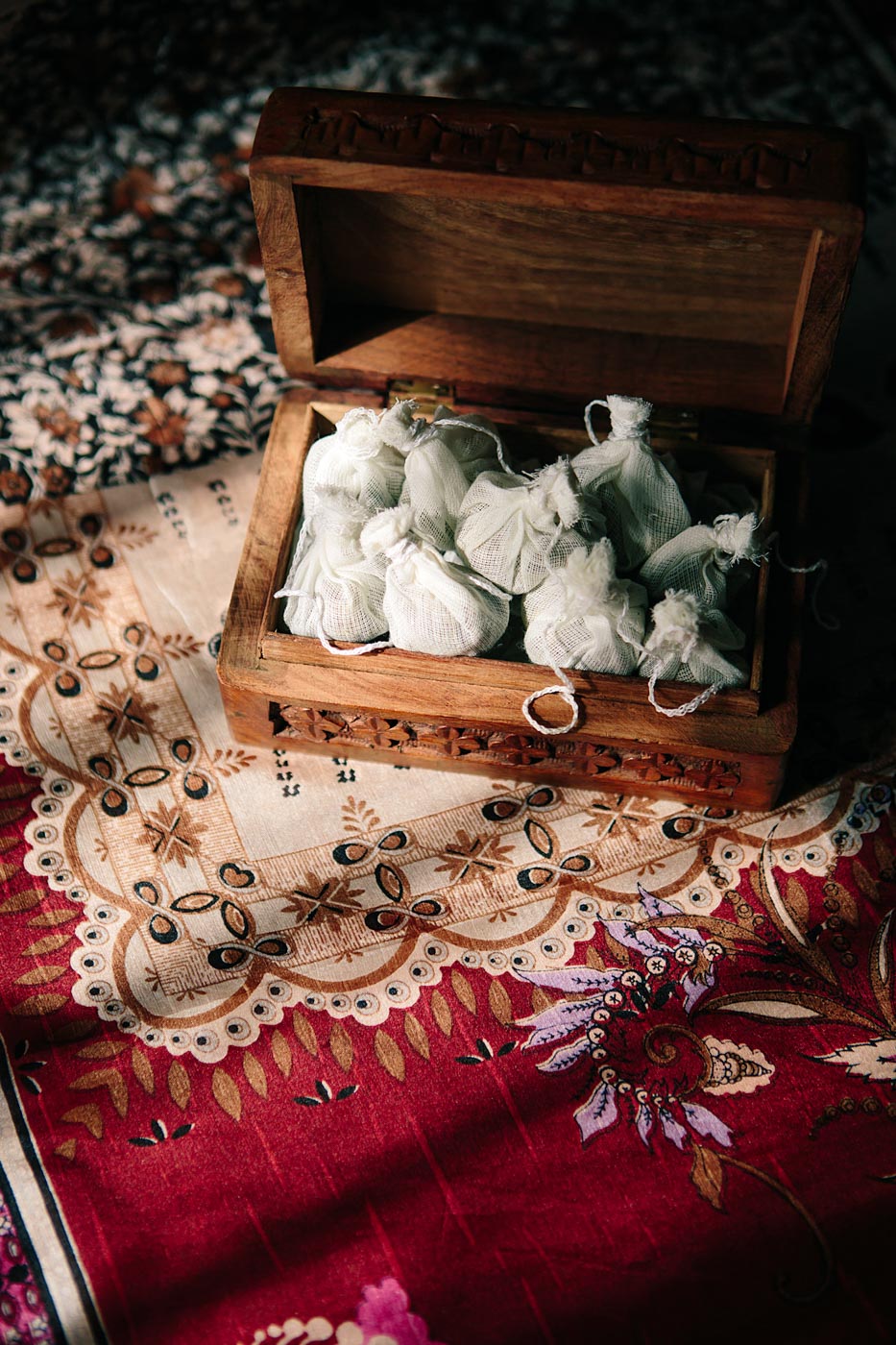
But then things went a bit further. Chai tea—which FYI, translates to “tea tea”—could now be found on menus of every major and independent coffee joint. You could even buy it as a concentrated, liquid mixture if you didn’t want to spend the time actually opening fresh cardamom pods or crushing fennel seeds, cloves and cinnamon in a mortar and pestle, as it’s traditionally done. Matcha had found its way inside cupcakes. Miso had paired with fruit in ice creams. Things for which we were teased, like the custom of massaging coconut oil into our hair to make it strong and super nourished (with a side of funk), were now touted in magazines and celebrity blogs as must-have beauty treatments. Age-old ingredients were being rebranded, repackaged and sold to the masses without real kudos to the societies from which they came. Was the appreciation of our culture becoming an appropriation of our culture?

The use of these peculiar products meant you were a part of an inner circle of highly cultured, highly informed individuals. From ginseng to ghee to sriracha, eccentric ingredients were becoming a part of the American fabric, thanks to foodies looking for their next fix. Just take a look at this year; turmeric has been named the “breakout star ingredient of 2016” according to Google’s Food Trends Report. Seriously? Indians have been consuming turmeric for over 4,000 years—it’s in virtually every dish we eat, a cornerstone in South Asian cooking. As kids, we moaned about how haldi tinted our nails yellow or stained our favorite white t-shirt. Our mothers tirelessly scrubbed stovetops and plastic food containers, futilely attempting to remove the reminder of food once cooked. Yet food magazines and health blogs are making the announcement like it’s some newly discovered, magical elixir.
The health benefits of consuming turmeric are substantial, no doubt. The curcumin present in turmeric is a natural anti-inflammatory compound: it helps heal wounds, provides joint-pain relief, aides in digestion, balances cholesterol levels—to name a few of its amazing attributes. Health-conscious Americans are scrambling, trying to understand how to consume the ginger-like root, most commonly sold in its powdered form. Do we cook it? Mix it with water? Sprinkle it on cereal? Where’s the manual? Saffron-colored tonics, bottled and ready for consumption, are now sold at raw juice bars. Amber-hued turmeric lattes—luxuriously nicknamed “golden milk” and made with nut milk, fresh turmeric juice, and added honey for a touch of sweetness—are causing a frenzy in major cities around the globe as this year’s coffee-alternative, though Indians have been drinking haldi doodh (literally “turmeric milk”) for decades as a restorative beverage.

Eastern remedies, such as Ayurveda and Chinese medicine, have become a globalized form of alternative healthcare. The eating, drinking, massaging and slathering of plants, roots and extracts are no longer considered odd, but are instead lauded. As the shift from processed foods to more natural alternatives continues, Westerners are on the lookout for more healthy options. Entire grocery store chains have devoted themselves to whole foods. A popular hair and skin care brand—founded on an ancient holistic system of healing, known as Ayurveda—sells shampoos containing the Ayurvedic ingredients turmeric, ginger and ginseng. Buzz words like all-natural, raw, cleansing, healing, plant-sourced and nutrient dense are triggering people to open their wallets and fill their reusable tote bags. Capitalism is driving entrepreneurs to carve a slice out of the proverbial Eastern-health-treatment pie.
According to Google, functional foods—those that provide health benefits other than filling up your gut—are heavily searched online. Daikon, cumin seeds, bone broth, rice vinegar—all with roots outside of America—are just some of the top trending foods with function for 2016. The curiosity is understandable. But the problem with food trends (“___ is the new ___!”) is that a particular vegetable, spice or grain may be hot for a year or two but then its fascination wanes, demoting its status to a “been-there-done-that” ingredient. Just go ask kale; she’ll tell you.
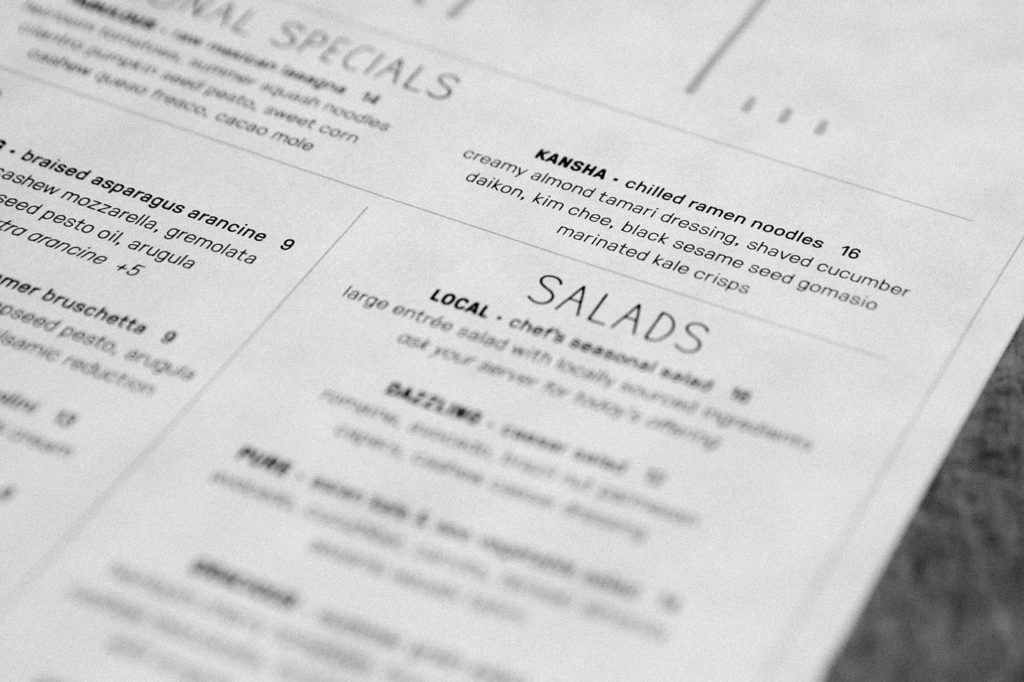
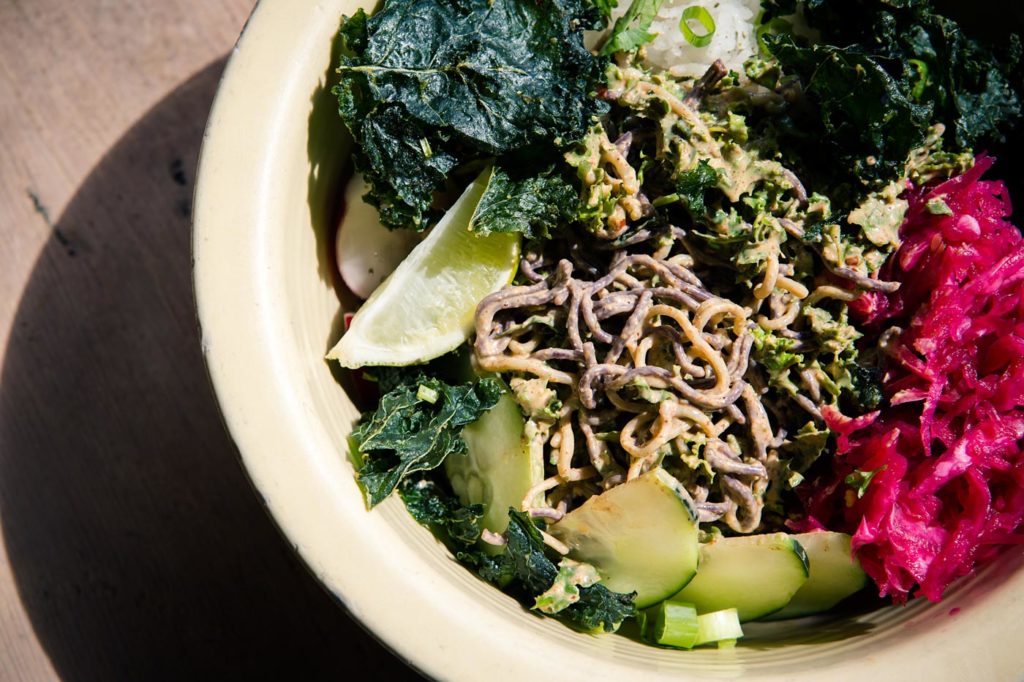
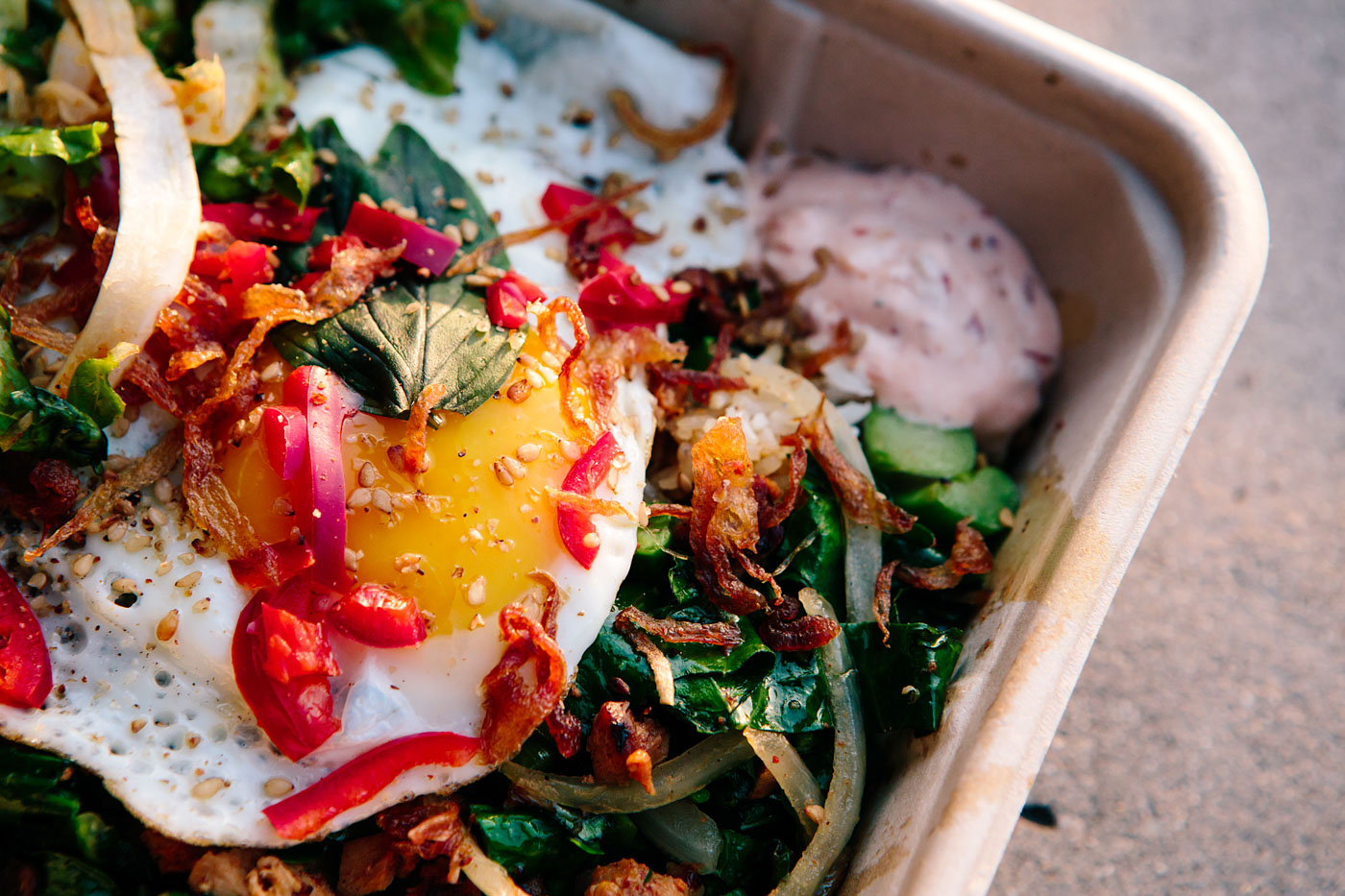
In the culinary world, the melding of cuisines and fusion foods provide diners with a heightened experience, opening their palates to the culinary journeys of unconventional flavor pairings. While some chefs ride the fusion train for the sake of trend (and garnering new customers), haphazardly tossing together condiments raided from the pantry, others travel the globe with intrigue—experiencing and learning old-world techniques—and do fusion cooking justice. They’ve come to understand the characteristics of unfamiliar ingredients and most respect the cultures from where these items have come from.
Other chefs look within, digging deep into their own roots, blending familial ingredients with the flavors of the streets they grew up on. Their dual identities—perhaps difficult for their parents to navigate—offer imaginative culinary possibilities to the status quo. It could be as simple as Japanese ramen noodles dressed as a salad to cater to California palate. Or the mingling of Chinese broccoli and Thai basil with red jalapeños and salsa roja. Or the mouthwatering union of Korean barbeque with Mexican flour tortillas, complete with kimchi and cilantro. The collision of flavors is addictive, and the so-called fusion trend doesn’t seem to be slowing down.
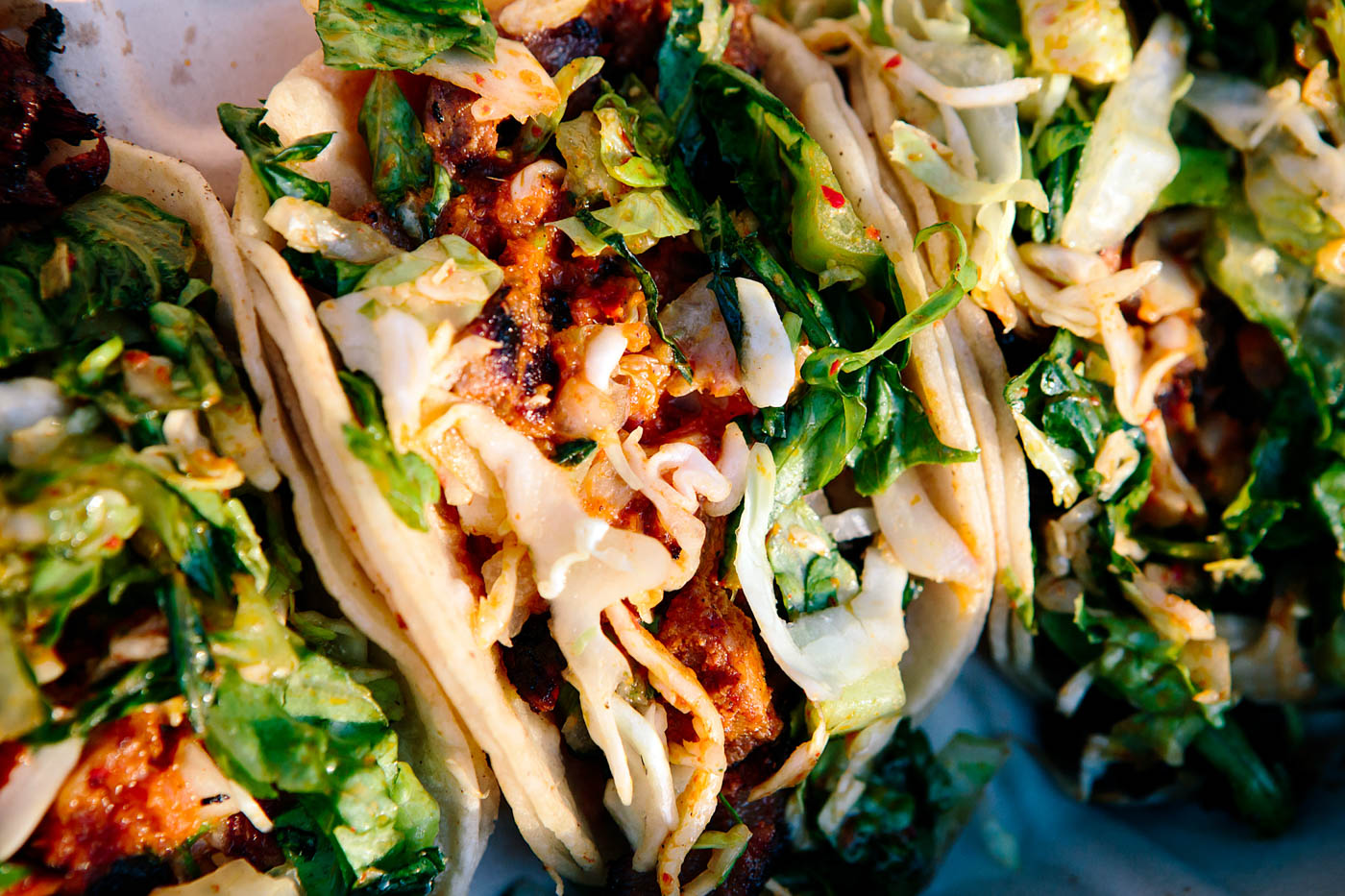
So is it alright for chefs to borrow traditions for the sake of culinary expression? How about a fresh enterprise peddling ancient ingredients not of their culture? Where does that line between appreciation and appropriation begin to blur?
What rubs folks of ethnically diverse backgrounds the wrong way is the lack of credit for the work—hundreds of years worth of work—simply because they’ve branded a clever business model. To first consider Eastern cultures as second-class, but then use their practices without acknowledgement, can be viewed as an appropriation of their culture.
This results in a missed opportunity to learn, to tap into the history of a particular people, and to fully understand the significance of the ingredients they use and the food they eat. By Columbusing, or “discovering” something that has existed for a very long time, the populace ends up with watered-down versions of techniques that took thousands of years to develop. The chance to dig deeper into another culture is glossed over. In an age where information and ideas are shared at lightning speed, my hope is that our search and acceptance of ethnic foods will mean more tolerance for other cultures, and not some passing fad in order to stand out from the vanilla crowd.
We are all connected as human beings on this big, glorious orb we live on. For thousands of years, people have migrated and merged. They have looked for opportunities for survival and growth. They have welcomed others to their lands or have adopted the customs of their new homes. Like all kids, I too wanted acceptance; as an adult, what I look for is acknowledgment. That each and every culture gets the praise they deserve. That we can celebrate other’s differences without needing ownership of them. That simply, our open-mindedness goes beyond just our plate.
Bone Deep is a recurring column by L&T Contributor Deepi Ahluwalia exploring curiosities about food, history, and culture. Be sure to read her previous entry, The Taste of Terroir.





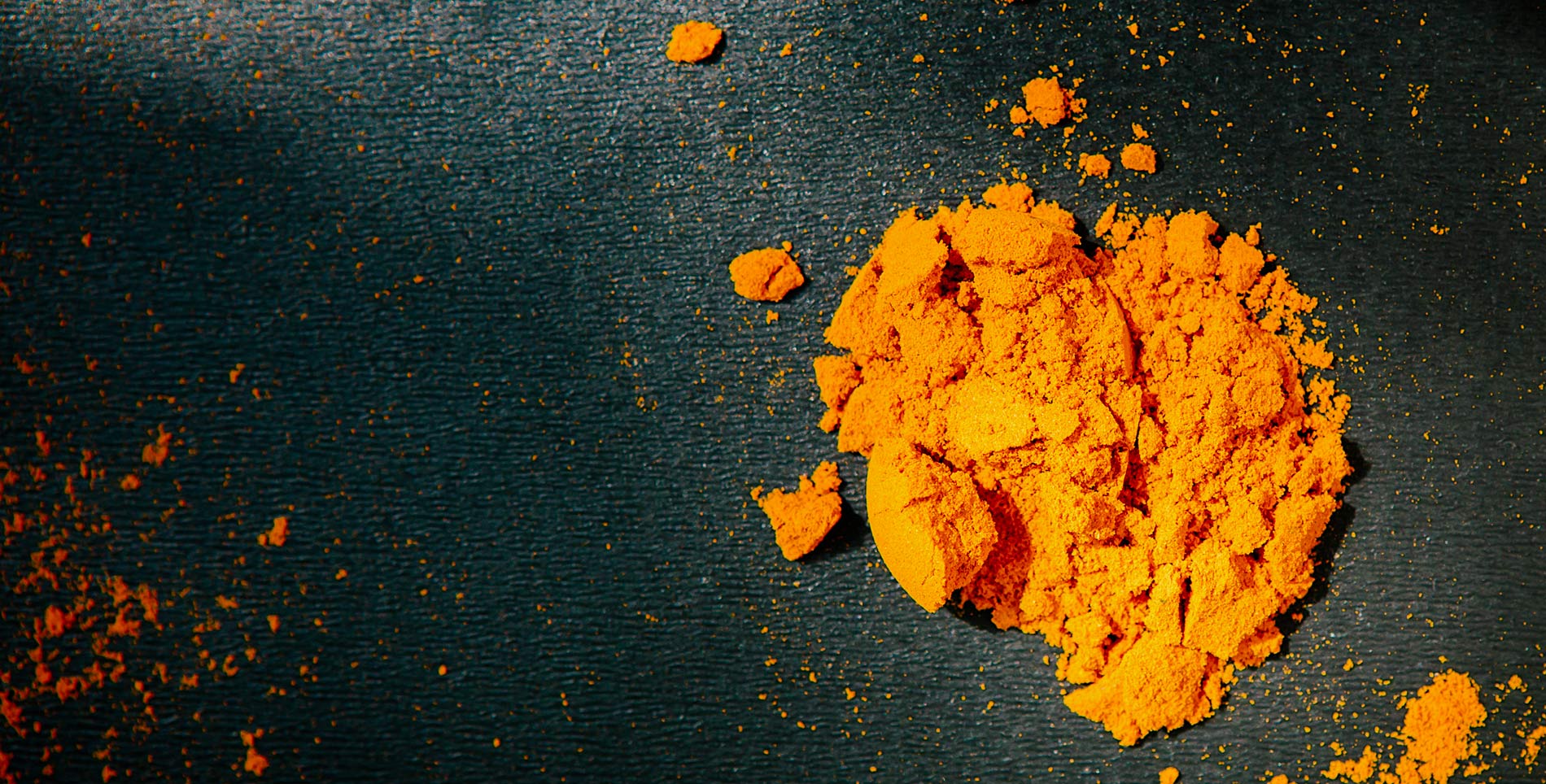

Our comments section is for members only.
Join today to gain exclusive access.